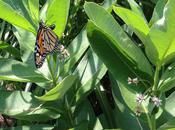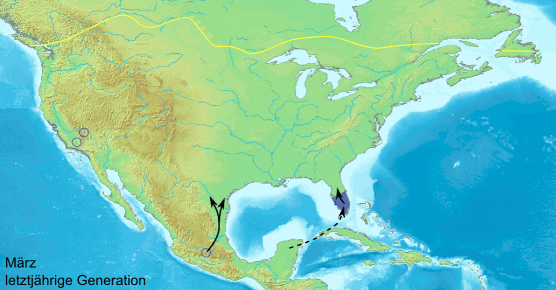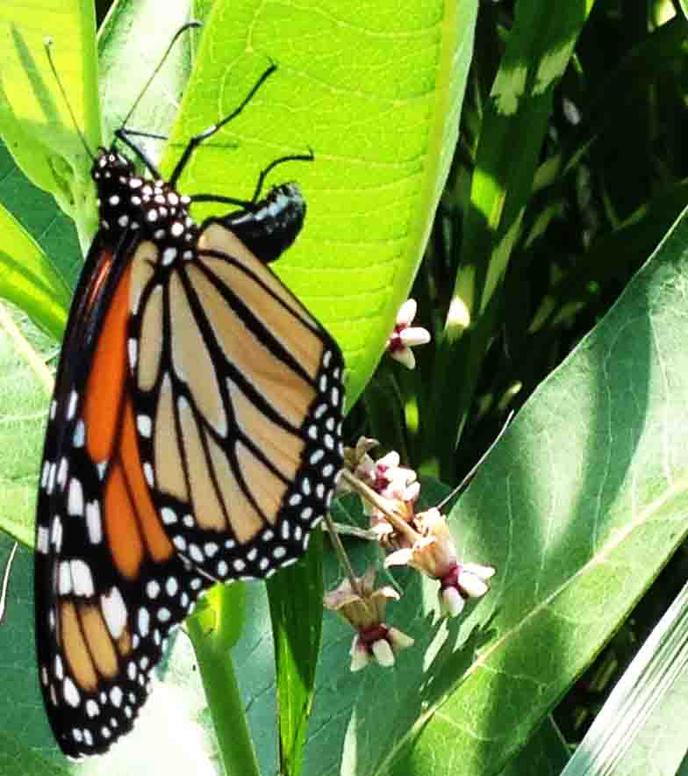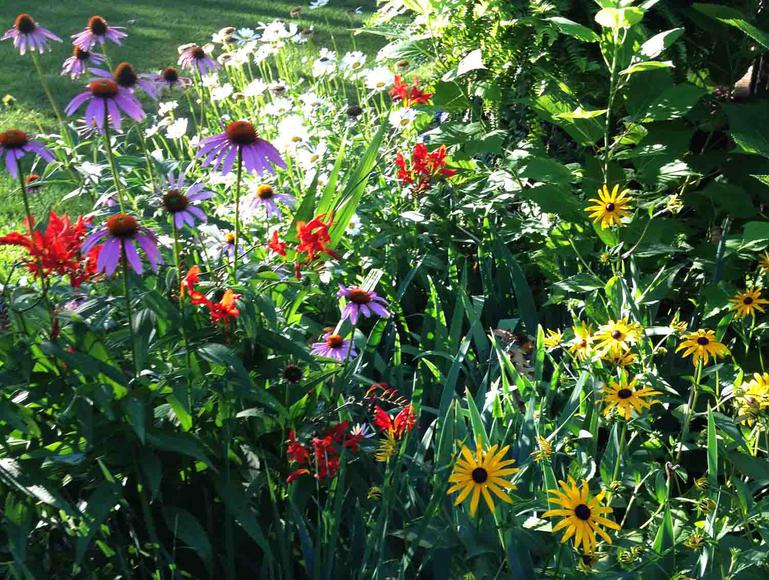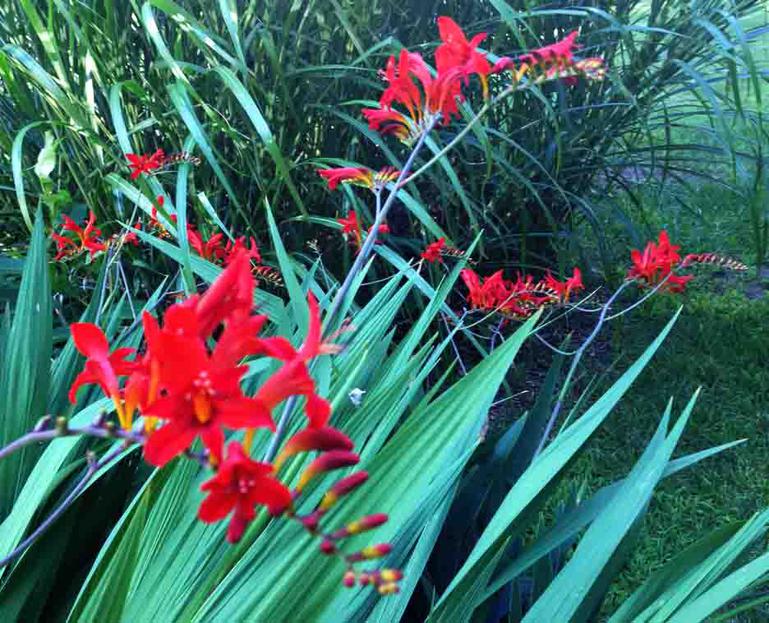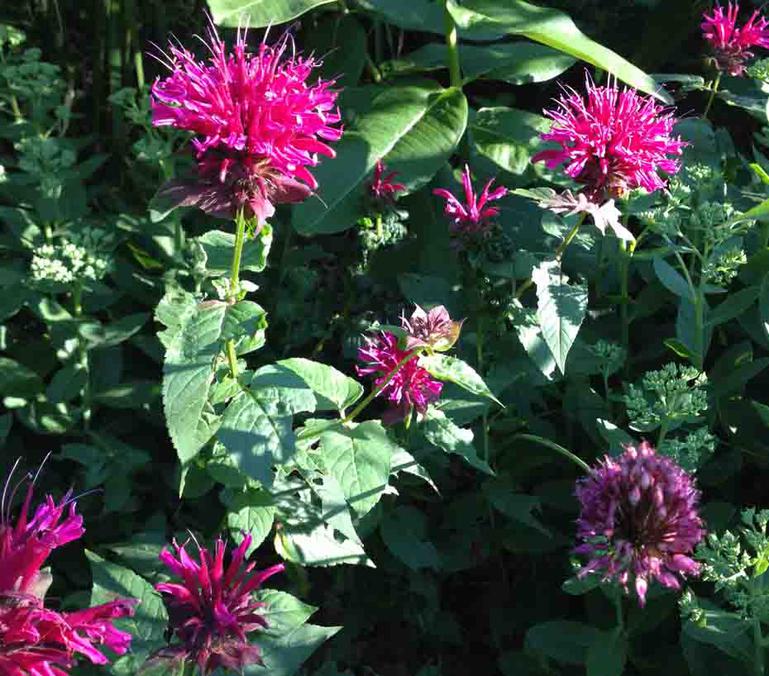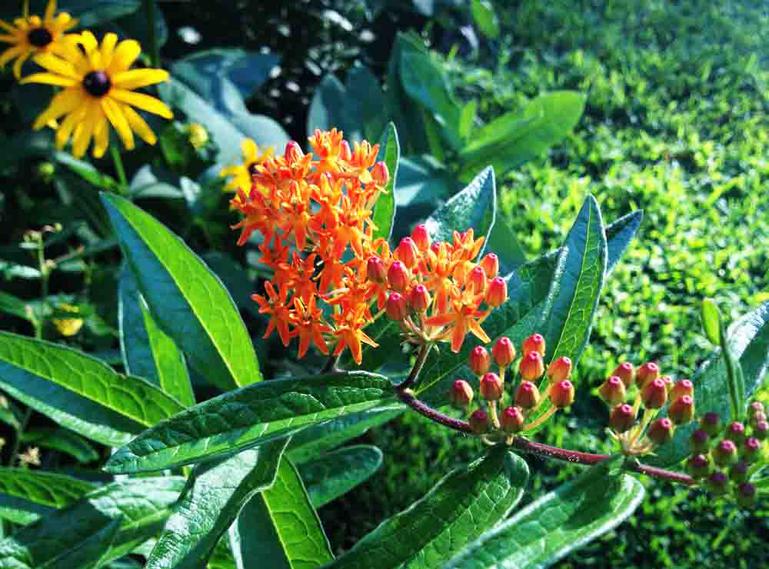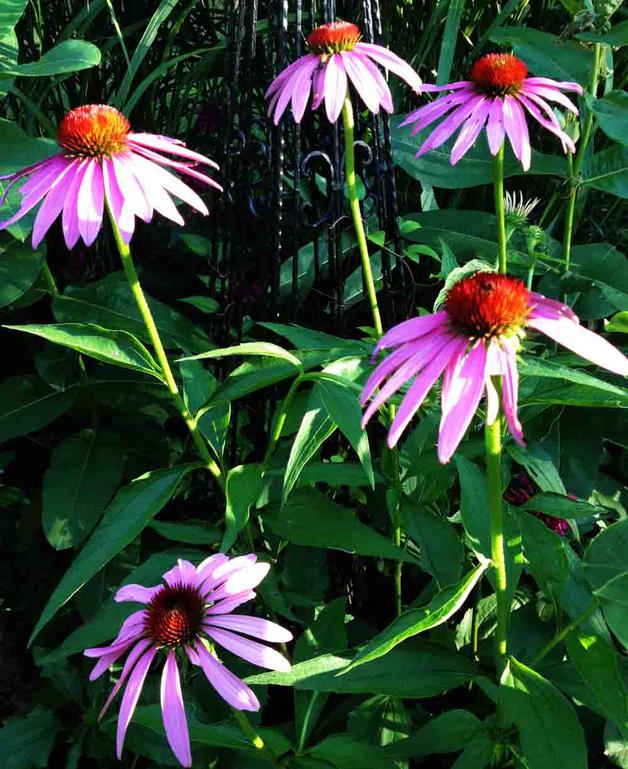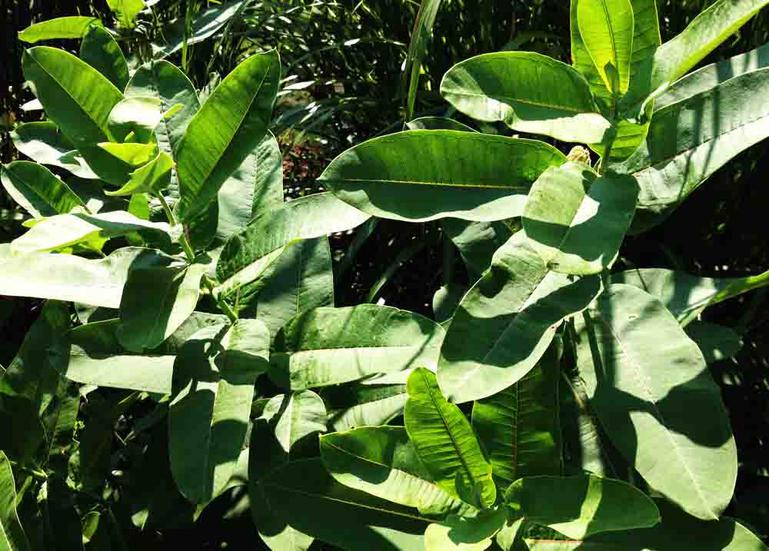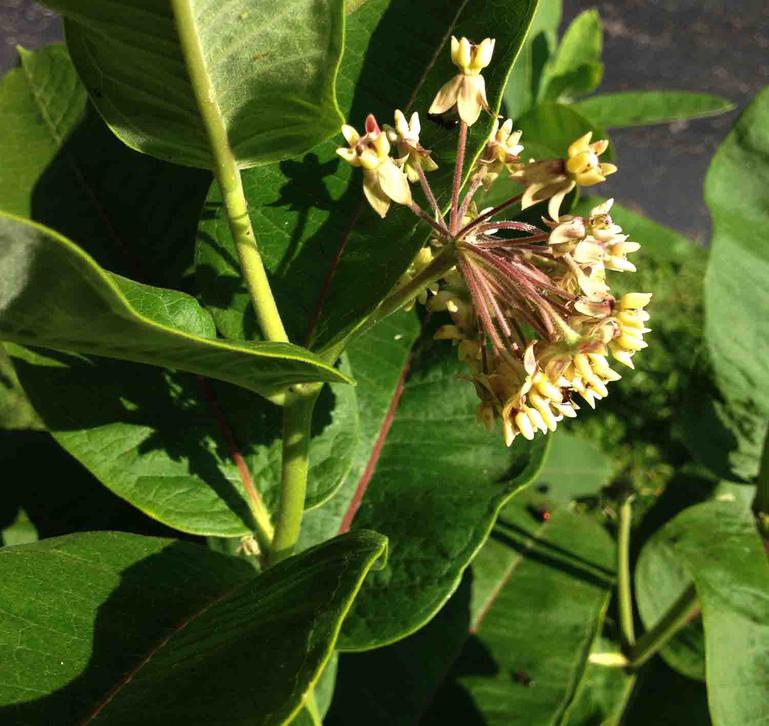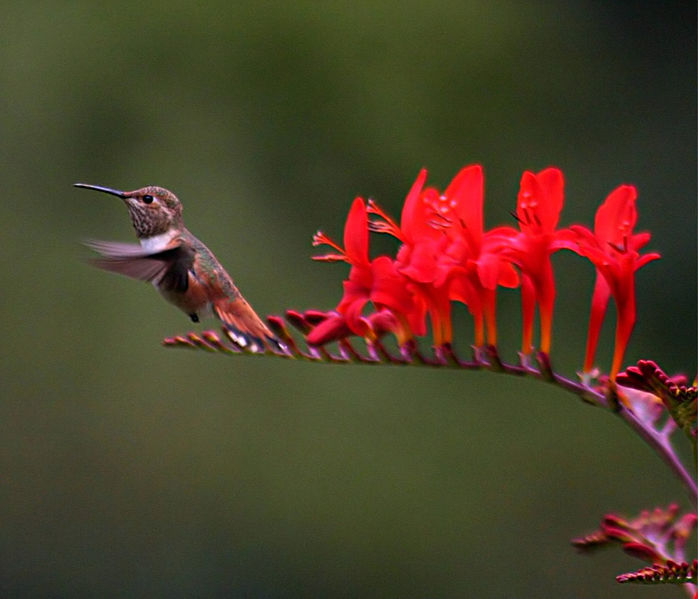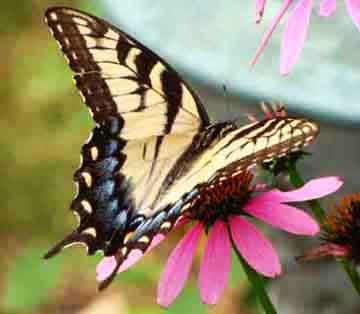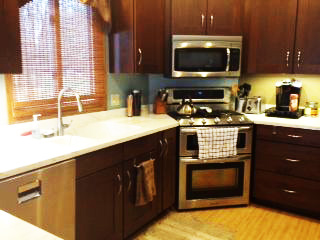 | ||||
How to Plant a Monarch Butterfly Garden
Create Habitat for Butterflies & Hummingbirds
from Science Prof Online
There are many butterfly-attracting plants that can be added to an outdoor garden, even larger potted planters. However, to view the monarch life cycle from egg to caterpillar to chrysalis to butterfly, you must include milkweed, a toxic plant that monarch caterpillars eat exclusively and which makes the larvae unpalatable to predators.
How to Create a Habitat for Butterflies & Hummingbirds
SPO VIRTUAL CLASSROOMS
 | ||||||
Page last updated 8/2014
The eastern population of monarch butterflies make an epic, three-generation migration from southern Canada and the northern US to where they overwinter in Mexico's central highlands. These butterflies have a very specific requirement to complete this cycle--milkweed, a plant on which monarchs lay their eggs and their caterpillars feed. We lose monarch habitat at a rate of 600 acres a day, but citizen scientists can help these butterflies by planting milkweed gardens, which allow for observation of all stages of the monarch life cycle.
 | ||||
Flowering Plants that Attract Monarch Butterflies
Young children are natural born scientists, full of curiosity! Check out the at-home experiments and explorations of a scientist mom & her kids.
Monarch butterfly migration route over three generations.
Below is a butterfly poem by David McCord, from the fantastic book of science-related poetry The Tree That Time Built.
Cocoon
The little caterpillar creeps
Awhile before in silk it sleeps.
It sleeps awhile before it flies,
And flies awhile before it dies,
And that's the end of three good tries.
SCIENCE VIDEOS
 | ||||
SPO HOME SCIENCE PROJECT
BULLFROG METAMORPHOSIS
We've raised bullfrog tadpoles and documented their metamorphosis into adult frogs.
Meet "Lumpy" our baby bullfrog!
Click here to take a look!
Living in southwest Michigan, we planted two types of milkweed in our butterfly gardens, common milkweed (Asclepias syriaca), and the more showy butterfly weed (Asclepias tuberosa), both of which which is native to our growing zone. Milkweeds generally prefer a wet habitat, however, ours thrive in a not particularly wet front yard perennial garden.
MonarchWatch.org has a Milkweed Profile Page with descriptions and photos of different types of milkweed, very helpful for gardeners seeking the best variety for their location. The site also provides a list of milkweed plant and seed suppliers.
Monarch butterfly bending her abdomen to lay an egg on the underside of a common milkweed leaf.
In addition to milkweeds (which are sometimes not especially showy or attractive), it is simple to create a diverse butterfly garden habitat by including a variety of flowering plants, both perennials (flowers that come back year after year), and annuals, from which butterflies and hummingbirds drink nectar.
Butterfly & Hummingbird Flowering Perennials
As we developed our perennial gardens over the years, we began seeking perennials that attracted butterflies whenever we added a new plant or replaced an old plant.
Some beautiful, low-maintenance perennials that we've added to our butterfly gardens include purple coneflower (Echinacea),
Crocosmia, butterfly bush (Buddleia), Aster, Sedum, Black-eyed susan (Rudbeckia fulgida), Bee Balm (Monarda), and Russian sage (Perovskia atriplicifolia).
Section of our butterfly / hummingbird garden, with Echinacia, Crocosmia and Rudbeckia.
 | ||||||
SPO is a FREE science education website. Donations are key in helping us provide this resource with fewer ads.
Please help!
(This donation link uses PayPal on a secure connection.)
This page features information on how to plant a butterfly garden that will attract monarch butterflies, other species of butterfly as well as humming birds. For more information on monarchs, see our Monarch Butterfly Life Cycle Main Page.
Milkweed: Above photos are common milkweed (Asclepias syriaca) plants are typically 3 - 5" high with obling, fleshy leaves and delicate pink tubular flower in umbellate cymes which allow pollinators with long mouthparts, such as butterfly and hummingbird to drink the nectar. Left photo is butterfly weed (Asclepias tuberosa) a smaller milkweed that usually reaches 1 - 3' and has showy, bright orange clustered flowers and small, deep green lanceolate leaves.
Above photos: Crocosmia produces brilliant red flowers that attracts both butterflies and hummingbirds.
Above left: Purple coneflower (Echinacea purpurea); Above right: Female Eastern tiger swallowtail (Papilio glaucus) feeding on purple cone flower. Females have blue on the lower edge of their wongs. Males do not. Right: Bee Balm (Monarda)
Preparing the Soil for a Butterfly Garden
In new and established gardens, just add compost or humus annually, to enrich the nutrients in the soil. Many butterfly-attracting flowering plants prefer moist soil, although, for my established gardens, unless we have a particularly dry summer, rainfall usually provides enough moisture if the garden is mulched to preserve moisture.
If you plan on growing butterfly-attracting flowers in planters, use large planters (at least "18 diameter pots), and a soil mix that includes fertilizer and Soil Moist, a water-storing polymer that particularly helps keep potted plants hydrated.
.
Butterfly & Hummingbird Flowering Annuals
Perennial flowing plants come back year after year, so they are a great low-maintenance foundation for a butterfly garden. However, you can add variety and color to an in-ground or container garden by including some annual flowing plants as well. Annuals are not winter hardy. They only last for one growing season, but many produce flowers throughout their life.
Examples of annuals that attract butterflies include ageratum, bachelor's button, cosmos, dahlia, dianthus, globe amaranth, penta, petunia, sweet alyssum, and verbeana.
If you live somewhere without access to much gardening space, hanging baskets are a perfect option. Every sprig we purchase baskets of wave petunias to hang from our deck railing. Wave petunias a small, low-growing and spreading petunias perfect for baskets, and both butterflies and hummingbirds love them. We hang basket of Boston fern between the baskets of petunia and have had hummingbirds nest in the dense ferns.
The Parks Brother Greenhouses website has an extensive list of both annual and perennial plants that attract butterflies and hummingbirds.
More Articles on Butterflies and Gardening
- Monarch Butterfly Life Cycle, Kid Science from Science Prof Online (SPO)
